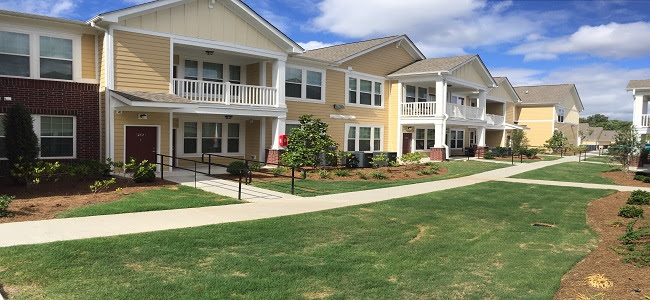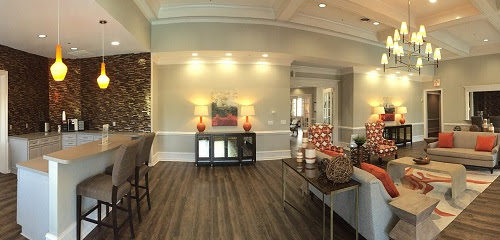
SUBURBAN MULTIFAMILY OUTPACES URBAN
WHY SUBURBAN MULTIFAMILY MARKETS
CONTINUE TO PERFORM WELL

Hollywood – July 11, 2017
The appeal of urban centers has lost traction over the course of the past decade, according to a review of the most recent U.S. Census data by RentCafé. In fact, rental households in suburban markets outpaced urban areas in 19 of the 20 top metro areas.
Notably, four markets posted nearly three times more suburban renters than urban ones:
“The suburbs of St. Louis, Atlanta, Boston and Riverside, Calif., all gained three times more renters than their urban areas, a new analysis by Rent Café notes.”—Florida Realtors
Suburban appeal
So, why are suburbs drawing so many new multifamily residents? Globe Street presents a number of contributing factors, including rent prices and lifestyle:
“As crowded urban areas are topping out in occupancy and prices, more renters are choosing the suburban life, with its landscaped, family-friendly, garden-style apartment communities. Some of the main reasons that people choose the suburbs are the schools are generally better, the communities are quieter and rents are typically cheaper.”
One somewhat surprising trend is the number of young renters who are opting for homes in the suburbs. Traditionally, industry insiders have pegged young adults as seeking the more vibrant lifestyle offered in urban zip codes. However, more suburbs have embraced development that includes mixed-use approaches and town centers that offer the sense of community and lifestyle young renters want.
According to 2014 data, and economists Matt Vance and Adam Ducker, more young renters moved into a suburb than to a city center:
“The trend is especially true for the millennial cohort. A total of 310,000 more young adults aged 20 to 29 moved into a suburb than moved into a city during 2014…In the top 50 metros, 71 percent of households under age 35 live in the suburbs…That figure registered slightly higher for Sunbelt metros.”
With a perfect mix of affordability and lifestyle, the suburbs have become sought-after destinations.
Economists point to the shift as a “return to normal” patterns, according to The Washington Post, citing William Frey of the Brookings Institution:
“In the big picture, it represents a return to normal. Since the middle of the 20th century, when people started buying cars and building homes outside of cities en masse, the suburbs had maintained their edge. It was only in 2010 that city growth began to outpace suburban growth.
The turnaround belies the much-hyped narrative that millennials have shunned the suburbs because they preferred city living, said William Frey, a senior demographer at the Brookings Institution…
…Now that the economy is improving, he said, it could turn out that young people were choosing city dwellings over larger suburban houses out of necessity rather than preference, he said.”
On average, both suburban single-family homes and multifamily rentals offer more square footage inside and out. In addition, with access to transit and/or nearby shopping, dining and entertainment, suburban locales tick more of the must-have boxes for potential residents than many downtown addresses.

Opportunity for new construction as well as value-add investments
Adding to the list of suburban assets, neighborhoods outside the urban core often feature a wider variety of multifamily housing options. While new builds in city centers tend to focus on the luxury market, suburbs offer a range of more moderately priced options, value add and newly built communities – both offering more affordable rents.
Established and newly built properties in these areas have a unique opportunity to capitalize on suburban growth and to meet the needs of modern renters. Investment in capital improvements and strategic renovations can help an older, middle-market property stand out and command higher rents.
Improvements that add value don’t have to qualify as luxury to stand out to prospective renters. What renters want varies greatly by location, so investors need to know their markets. In the case of value-add properties in our suburban markets portfolio, we have seen great return on these types of improvements:
To learn more about PointOne Holdings’ investment opportunities in commercial real estate, please visit www.pointoneholdings.com. As always, we welcome questions, so please feel free to contact us at any time
